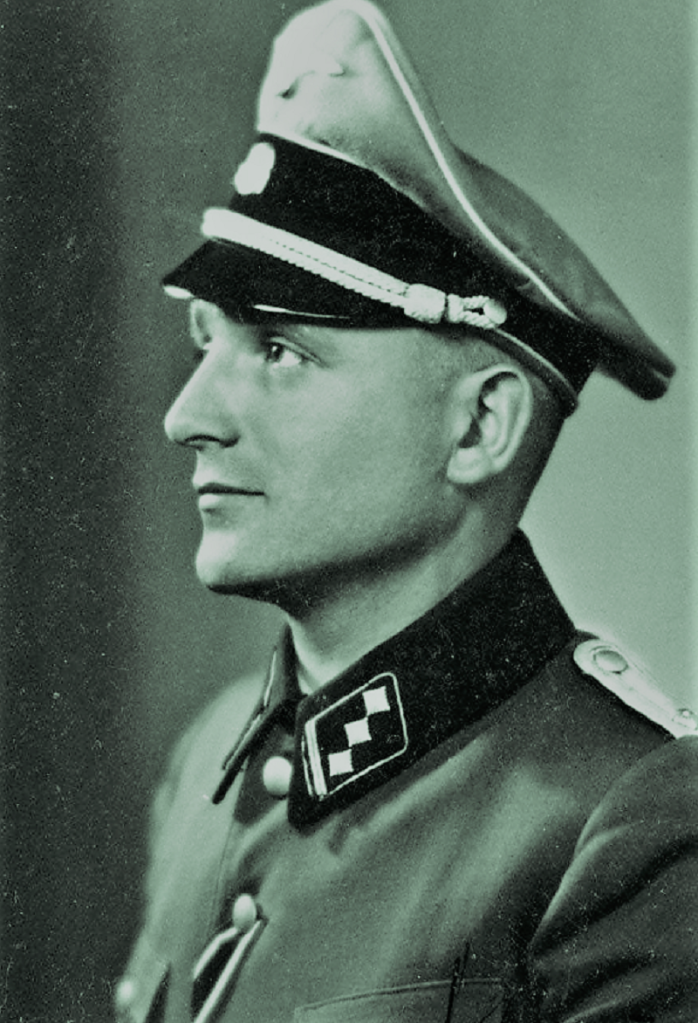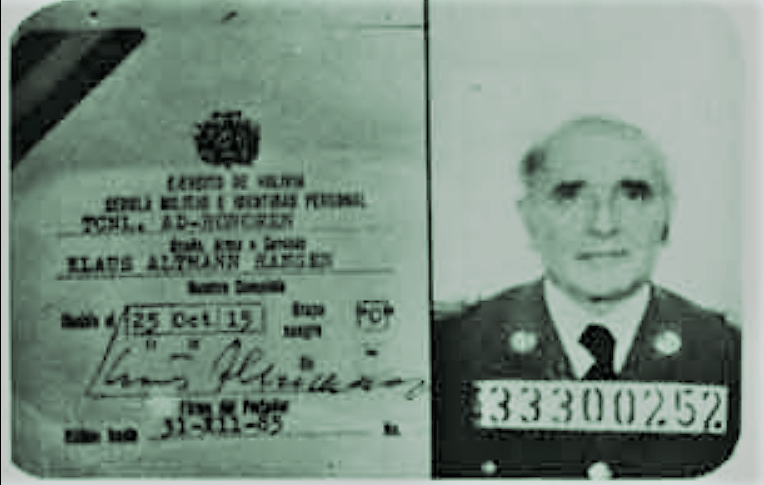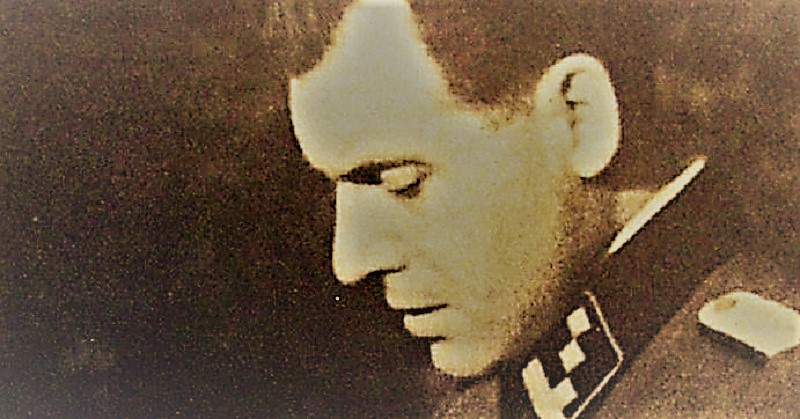
Some might think the title, Escape to Suriname—A Holocaust Christmas Story, is a bit contradictory. Dutch Jews were fully integrated into Dutch culture, and many would have participated in the Sinterklaas and Christmas celebrations. This story is about more than that, and one I was not familiar with.
On Christmas Eve 1942, more than a hundred, mainly Jewish refugees, arrived in Paramaribo, the capital of Suriname, which was still a Dutch colony. So many refugees left everything behind in the occupied Netherlands and fled to Lisbon, and among them was Liny Pajgin, with her mother, sisters, and brother-in-law. The Portuguese ship Nyassa took them to Suriname. The group was interned in the Home for War Refugees—an old clubhouse in Paramaribo. After several months, they emigrated to the Caribbean and some to the United States.
The flight through Europe in 1942 was dangerous. Refugees had to cross several borders, each with its own risks: between the Netherlands and Belgium, Belgium and occupied France, occupied France and Vichy France and the border between Vichy France, and Spain. Many refugees didn’t have the correct papers and had to cross the borders illegally. Many desperate to cross, depended on so-called passeurs (essentially human smugglers). Liny Pajgin’s family used various passeurs at border crossings.

Once in Spain, they heard that ships were sailing from Spanish and Portuguese ports to the Caribbean. One of those ships was the Portuguese ship Nyassa. On 5 December 1942, the ship sailed from Lisbon to Porto, and on 10 December the Nyassa left for Suriname. On board were Jews and non-Jews who fled from the occupied Netherlands. They were well fed, which was surprising after their flight was full of hardships. Many of them were seasick, and their crossing was not without dangers—there were fears of attacks by German U-boats.
It was 1942 Christmas Eve when the Nyassa reached Suriname. The ship was too large to enter the port of Paramaribo, and everyone had to be transferred to a smaller vessel. The transfer was via a narrow, slippery ladder. Several suitcases fell into the water. This was standard practice in Suriname but a fearful moment for the refugees because they remembered well how the Jewish refugees on the German ship MS St. Louis were not admitted to Cuba or the United States. Some passengers were afraid of being discharged at sea.

The MS St. Louis was under the command of Captain Gustav Schröder. On 13 May 1939, it set sail from Hamburg to Havana, Cuba carrying 937 passengers, most of them Jewish refugees seeking asylum from Nazi persecution in Germany.
Captain Schröder was a German who went to great lengths to ensure dignified treatment for all his passengers. Food served included items subject to rationing in Germany, and childcare was available while parents dined. Dances and concerts were part of the ship’s entertainment, and on Friday evenings, religious services were held in the dining room. (The bust of Hitler was covered by a tablecloth.) Swimming lessons were given at the ship’s pool. The hope was to reach Cuba and then travel to the US—but were turned away from Havana, and the United States wouldn’t let them disembark. They were forced to return to Europe, where more than 250 were killed by the Nazis.

——————————-
Fortunately, it turned out not to be a repeat of the MS St Louis this time, and they safely disembarked to the port of Paramaribo.
Almost immediately after arrival, all refugees were interned in the Home for War Refugees. The men and women were separated. There was hardly any privacy, and there were not enough sanitary facilities. The refugees were not allowed to leave the campsite, which was surrounded by barbed wire—at least for the first few weeks. They were not given access to their money. They were not allowed to make contact with the outside world. For some, this felt like a great injustice: they were Dutch citizens on Dutch territory.
As soon as the MS Nyassa refugees gained access to their money or found a job, they left the internment camp. Others received help from the Jewish Surinamese. The refugees found shelter together at a rental apartment in Paramaribo or in the homes of Surinamese people. Part of the group worked by joining the Princess Irene Brigade.
Not everyone stayed in Suriname, some moved to the Caribbean. For example, the Wolf family emigrated to Curaçao. The young Wolf brothers enrolled in school, and their parents worked in a clothing store. Here the MS Nyassa refugees often encountered other Dutch refugees who ended up in the Dutch colonies of Suriname and Curaçao, but also in Jamaica, Cuba, and the Dominican Republic.
Others, like Liny Pajgin and her relatives, obtained the correct legal papers to emigrate to the United States and stayed there even after the Netherlands was liberated in 1945. After the war, some of the refugees returned to Europe.
Below is an interview with Liny Pajgin from 30 March 1990. The interview starts about 15 seconds into the video. Not only does she describe the escape but also the life in the Netherlands before World War II and the gradual introduction of anti-Jewish laws introduced by the Nazis.
Sources
https://www.oorlogsbronnen.nl/artikel/joodse-vluchtelingen-vinden-veiligheid-suriname
https://www.oorlogsbronnen.nl/artikel/joodse-vluchtelingen-op-st-louis-zoeken-veilige-haven
https://www.verzetsmuseum.org/nl/kennisbank/vluchtelingen

Donation
I am passionate about my site and I know you all like reading my blogs. I have been doing this at no cost and will continue to do so. All I ask is for a voluntary donation of $2, however if you are not in a position to do so I can fully understand, maybe next time then. Thank you. To donate click on the credit/debit card icon of the card you will use. If you want to donate more then $2 just add a higher number in the box left from the PayPal link. Many thanks.
$2.00



































You must be logged in to post a comment.